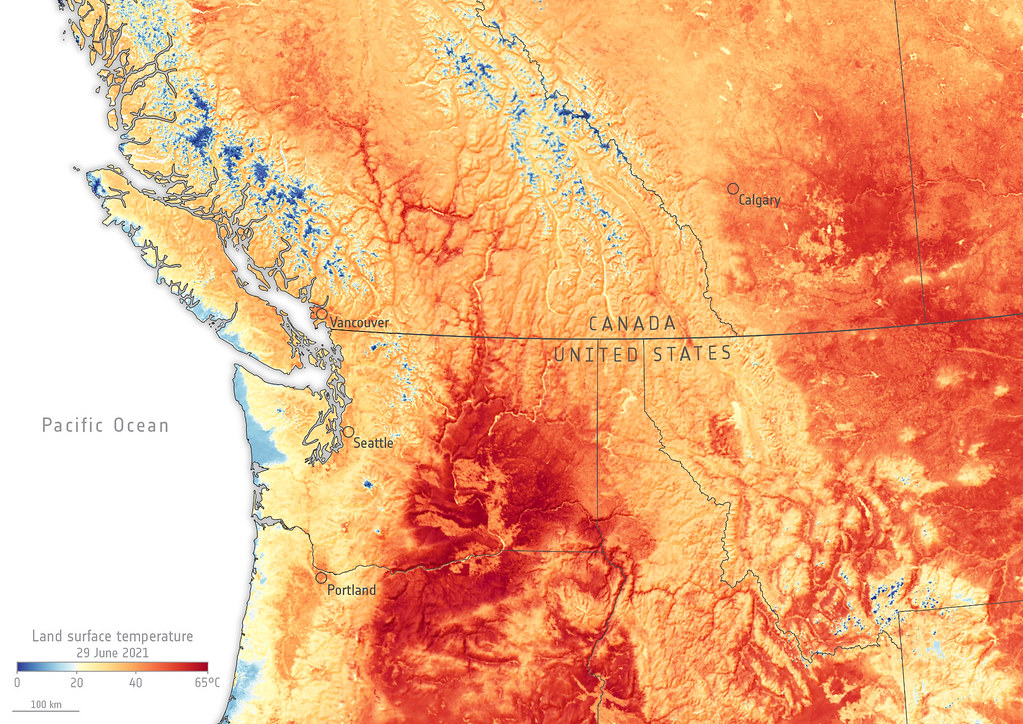- What Earth’s Magnetic Field Has to Do With Climate History - October 7, 2025
- The Science Behind Heat Domes and Their Growing Impact - October 7, 2025
- What Ancient Lake Beds Teach Us About Past Rainfall Patterns - October 6, 2025
When Perfect Models Still Miss the Mark

Here’s something that might shock you: we just witnessed the first calendar year to exceed 1.5°C above pre-industrial levels, yet some of our most sophisticated climate models are still making critical errors. It’s not that they’re fundamentally wrong about warming – they’re actually getting that part right. But dig deeper, and you’ll find they’re making mistakes in both directions, sometimes overstating risks in one area while completely missing bigger threats in another. Think of it like a doctor who correctly diagnoses your fever but misses the infection causing it. The latest research reveals that most climate models have been quite accurate in their global temperature projections, yet they’re systematically botching crucial details that could change everything we think we know about our climate future. The devil, as they say, is in the details.
The Double Rainfall Problem That Won’t Go Away
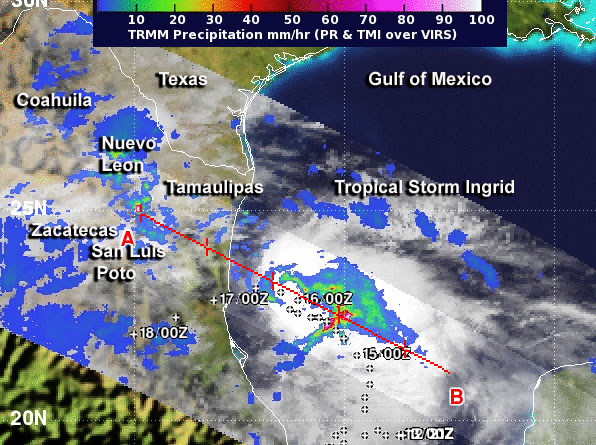
Let’s start with one of climate modeling’s most embarrassing persistent failures. The double-ITCZ bias with a big inter-model spread persists in all CMIP models and still remains a serious problem in the latest CMIP6 models. What’s the ITCZ? It’s the tropical rain belt that circles the Earth near the equator. In the real world, this belt mostly stays north of the equator, but climate models stubbornly insist on creating two rain belts – one north and one south. It’s like having a weather forecast that always predicts rain on both sides of your street when it only falls on one side. This isn’t some minor technical glitch either. The double-intertropical convergence zone bias is one of the most outstanding errors in all previous generations of climate models that may reduce the reliability of future climate prediction. The frustrating part? The bias is slightly reduced in CMIP6 models from CMIP3 or CMIP5 models based on several precipitation bias indices, but after decades of improvements, we’re still not getting tropical rainfall patterns right.
Temperature Records That Shatter Expectations
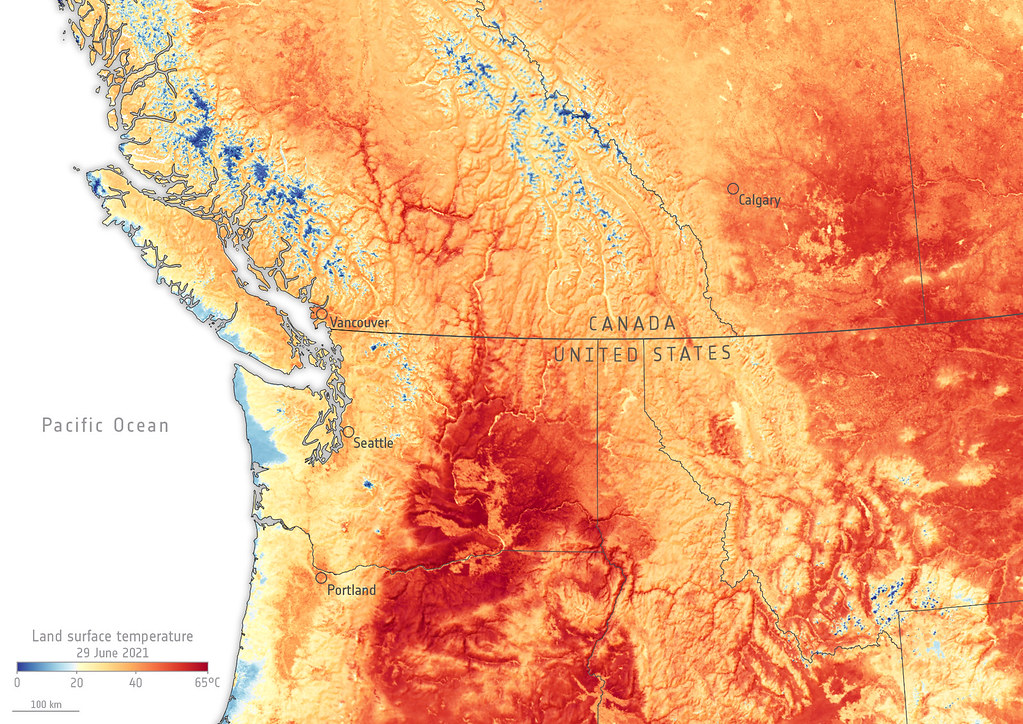
While models struggle with rain patterns, they’ve been surprisingly accurate with temperatures – perhaps too accurate for comfort. 2024 had a global average temperature of 15.10°C; 0.12°C higher than the previous highest annual value in 2023. What’s remarkable is how this lines up with model predictions, yet the speed of change still catches scientists off guard. The persistence of warmth after the end of the 2023-24 El Niño event – and through a weak La Niña – has been highly unusual by historical standards. It’s like watching a perfectly choreographed dance that suddenly breaks into freestyle. Models predicted the warming trend correctly, but the real world is throwing in some improvisation that makes everyone nervous. Climate change added 41 days of dangerous heat in 2024, harming human health and ecosystems, showing that even when models get the big picture right, the lived experience can be more intense than anticipated.
The Cloud Confusion That Changes Everything

Here’s where things get really interesting – and potentially problematic. New research suggests that climate models are aggressively making clouds “brighter” as the planet warms, which may be causing models to underestimate how much global warming will occur due to increasing carbon dioxide. Think of clouds as Earth’s natural sunshade. As the planet warms, models predict clouds will become more reflective, acting like a brake on warming. But there’s a catch: most models’ clouds contain too much ice that is susceptible to becoming liquid with warming, which makes their stabilizing cloud phase feedback unrealistically strong. It’s like assuming your car’s brakes are more powerful than they actually are – you might be driving faster than is safe. Even more concerning, evidence suggests an amplifying feedback by low clouds, stronger than simulated by most climate models, linked to a low-cloud deficit across wide swathes of the tropical oceans. The implications? We might be in for more warming than we thought.
When Ocean Currents Refuse to Collapse
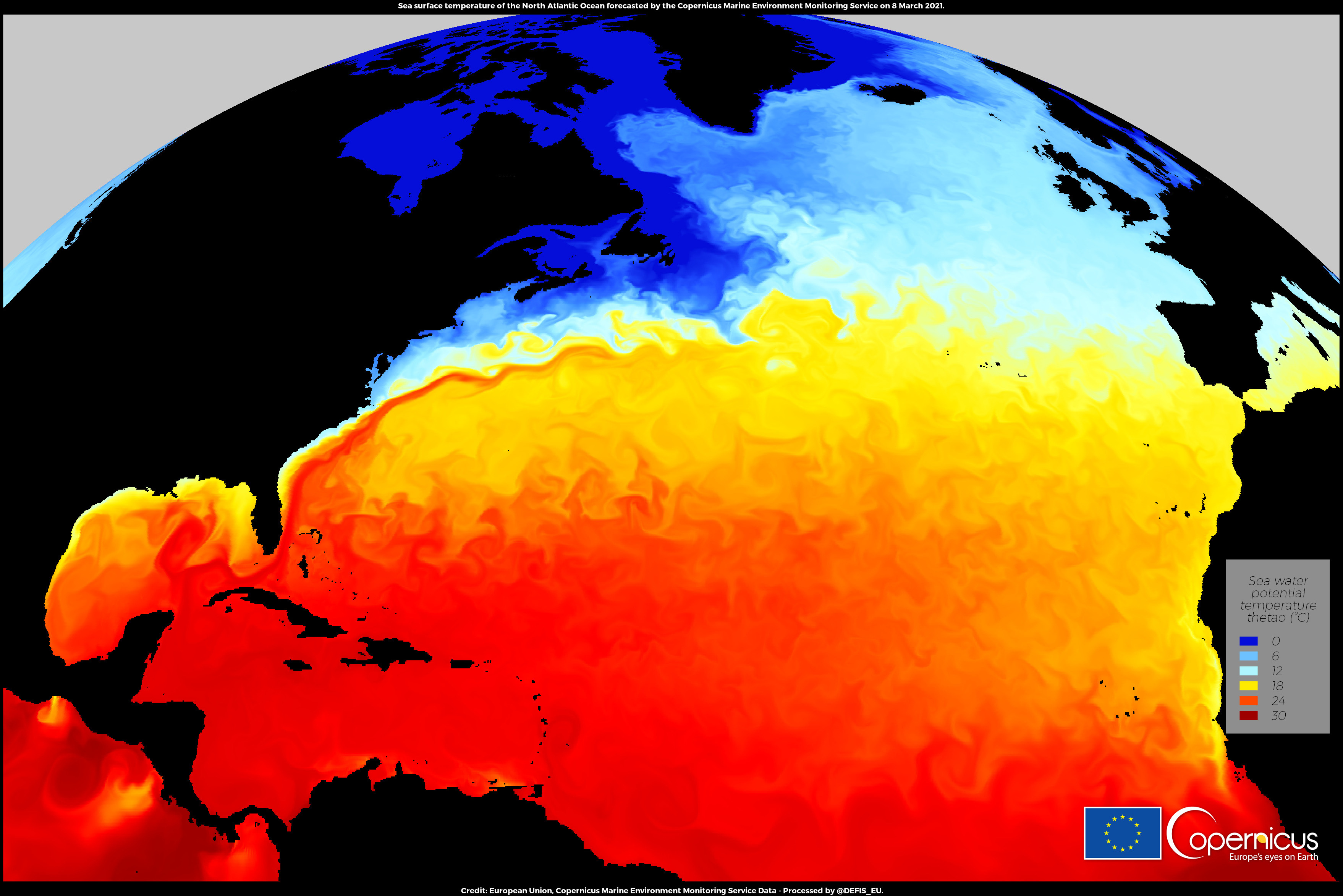
One area where models might actually be overstating near-term risks involves the Atlantic’s main current system. For years, headlines have warned about the potential collapse of the AMOC (Atlantic Meridional Overturning Circulation), which keeps Europe warm. But recent modeling published in Nature suggests the Atlantic Ocean’s main current system could weaken without collapsing this century, contradicting earlier studies that predicted collapse around 2050. The latest research shows that CMIP6 models have a stable AMOC due to AMOC-stabilizing mechanisms in the Southern Ocean and Pacific Ocean. However, this doesn’t mean we’re off the hook entirely. A weakening AMOC is expected and poses significant climate risks, but a collapse isn’t what the CMIP6 models indicate under realistic forcings. It’s the difference between a slow leak and a burst pipe – both are problems, but they require different responses.
The Feedback Loop Scientists Can’t Quite Nail

Cloud feedbacks remain the wild card in climate predictions, and recent research suggests models are missing crucial pieces of the puzzle. Climate models underestimate the positive cloud feedback associated with weakening tropical circulation, and constraining model cloud feedbacks using observed relationships results in a significant increase in the dynamic component. Translation: when the tropical atmosphere’s circulation slows down (which models predict correctly), the cloud changes that follow are more dramatic than models simulate. Cloud feedback has prevailed as a leading source of uncertainty in climate model projections under increasing atmospheric carbon dioxide. It’s like trying to predict how a crowd will behave when you understand individuals but miss the group dynamics. The research reveals that high clouds have been less emphasized in observational constraints, despite their significant contributions toward cloud feedback uncertainty.
Models That Run Too Hot and Too Cold
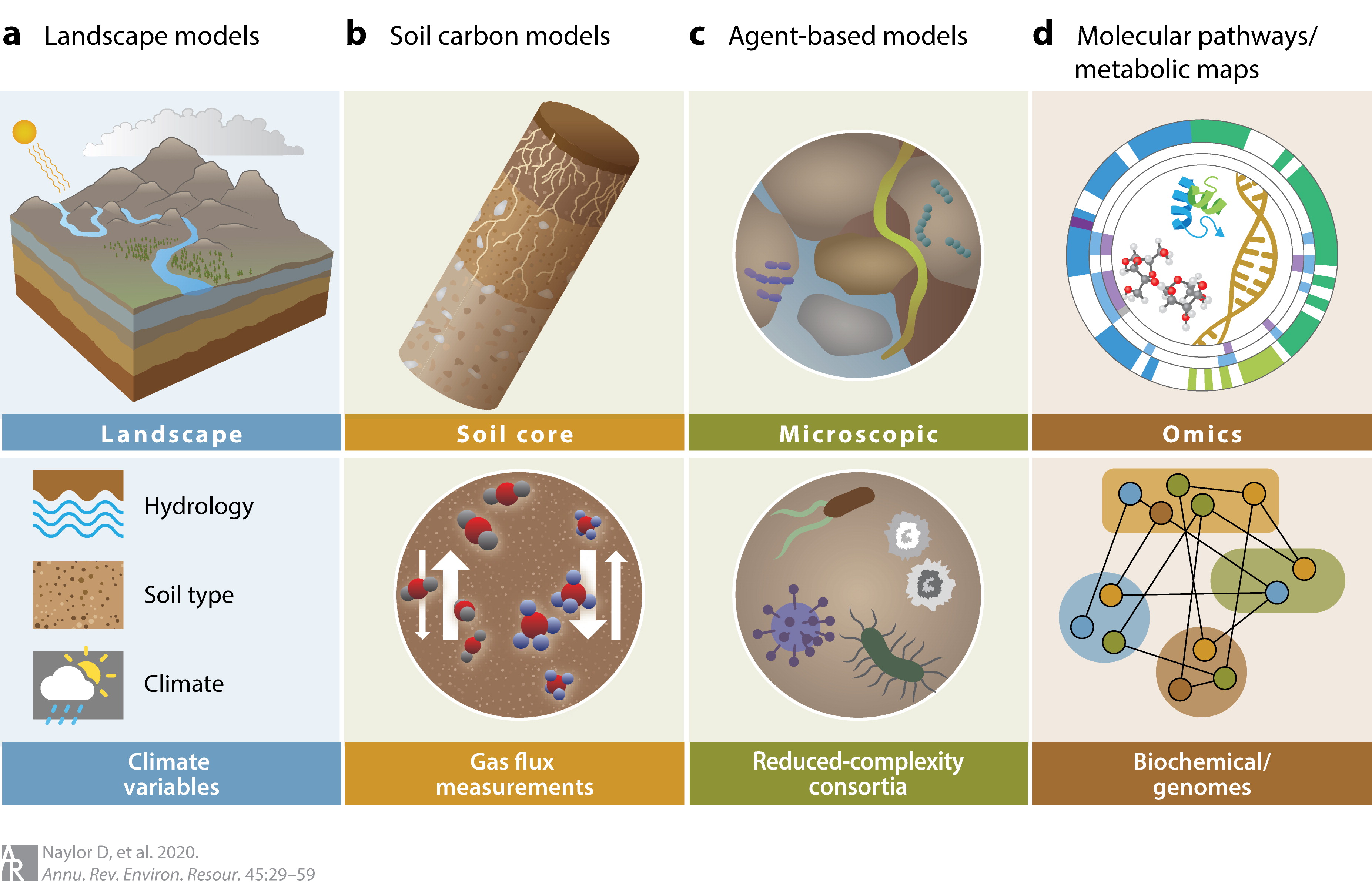
Here’s a paradox that keeps climate scientists up at night: some models are simultaneously too conservative and too aggressive. The climate sensitivity of a subset of ‘hot models’ was far too high, these models did not reproduce past temperature evolution well, leading the IPCC to take unprecedented steps in weighting model results. Meanwhile, the historic runs of CMIP6 models on average do not reproduce the ‘cold blob’ despite this being such a striking feature of observational data, with 23 of 24 CMIP6 models underestimating sea surface cooling. It’s like having a thermometer that reads too high in summer and too low in winter – technically it might average out correctly, but it’s useless for daily decisions. These biases matter because they affect confidence in future projections and can lead to either complacency or panic depending on which model you choose to believe.
The Arctic Amplification Surprise

One area where models have been consistently accurate – perhaps uncomfortably so – is Arctic warming. Arctic warming over the next five extended winters is predicted to be more than three and a half times the global average, at 2.4°C above the average temperature. What’s surprising isn’t that the Arctic is warming faster, but how well models have captured this process. During 2024, much of the globe experienced more days than average with at least ‘strong heat stress’, with 44% of the globe affected by ‘strong’ to ‘extreme heat stress’ on July 10. The Arctic acts like a canary in the coal mine, and the canary is singing exactly the tune scientists predicted. This accuracy in one region gives confidence to some projections while raising questions about why other regions are so difficult to model correctly. The polar regions seem to follow the rules, while the tropics keep writing their own.
Extreme Weather: Where Models Meet Reality
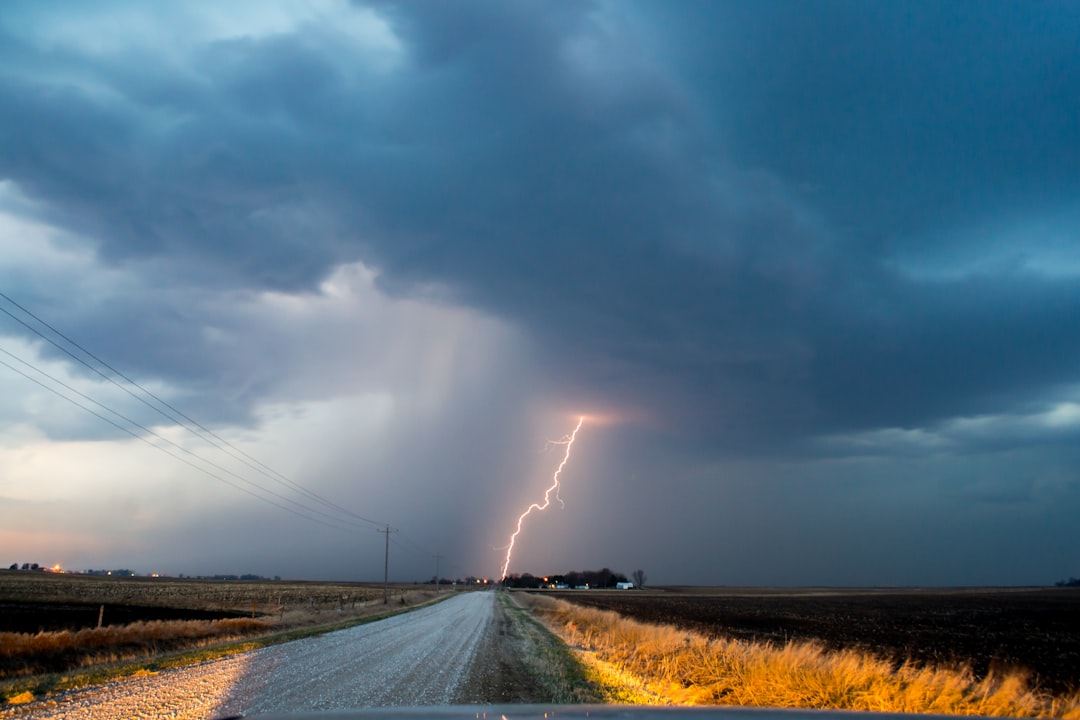
When it comes to extreme weather events, models are getting better at connecting the dots between warming and impacts. Climate change intensified 26 of the 29 weather events studied by World Weather Attribution that killed at least 3700 people and displaced millions. This isn’t just about statistics – it’s about real people facing real consequences. The models are becoming more sophisticated at linking global warming to specific disasters, but they still struggle with timing and intensity. Global temperatures in the first quarter of 2025 were the 2nd warmest on record, extending a remarkable run of exceptional warmth that began in July 2023. It’s like watching a slow-motion car crash where you can see the impact coming but can’t predict exactly when or how severe it will be. The overall trend is clear, but the surprises keep coming.
Future Projections: Reading the Tea Leaves
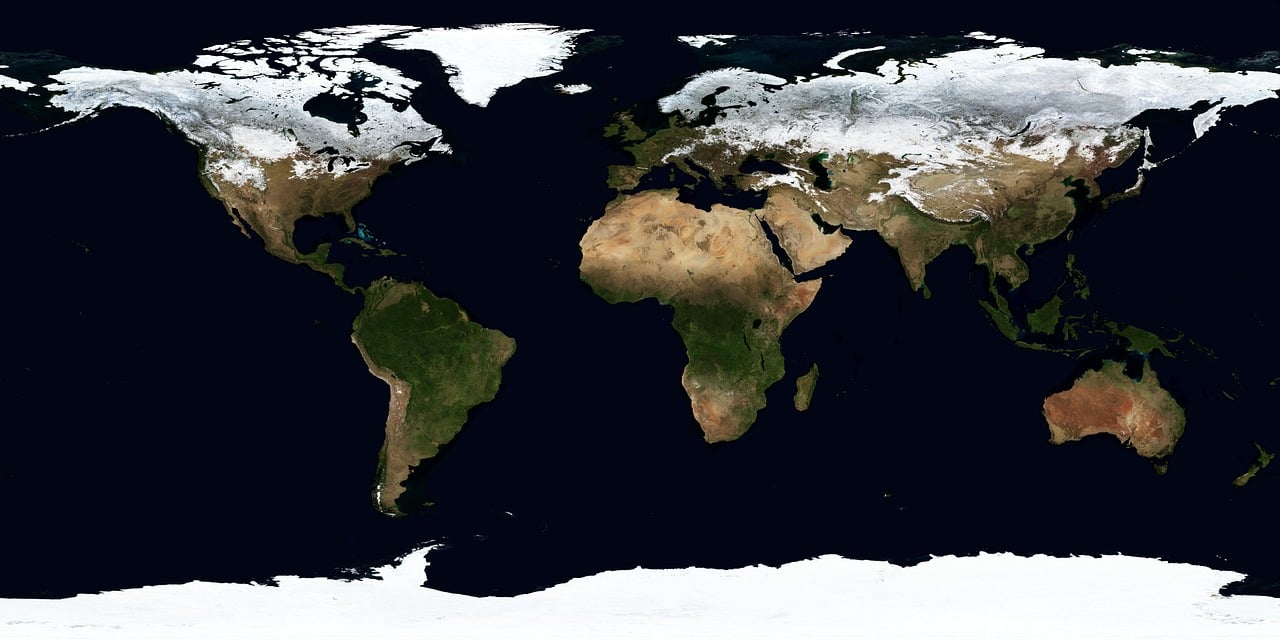
Looking ahead, models are painting a picture that’s both clearer and more uncertain than ever. There is a forecast 70% chance that the five-year average warming for 2025-2029 will be more than 1.5°C, up from 47% in last year’s report and 32% in the 2023 report. The confidence is growing, but so is the warming. Physical climate risks steadily intensify through the mid-2030s across all pathways, but after that point, the scenarios begin to diverge sharply, underscoring the long-term consequences of choices made today. Think of it like planning a road trip where you know exactly where you’ll be for the first hour, have a good idea about the first day, but after that, it depends entirely on which route you choose. The models agree on the near-term trajectory but diverge dramatically for the long-term future, making today’s policy decisions more critical than ever.
What does all this mean for our understanding of climate risks? Are we facing a future that’s more dangerous or less dangerous than models suggest? The honest answer is both – and that’s what makes the current moment so pivotal in climate science.

